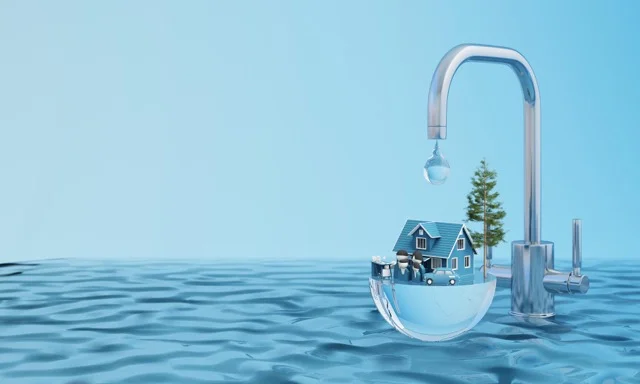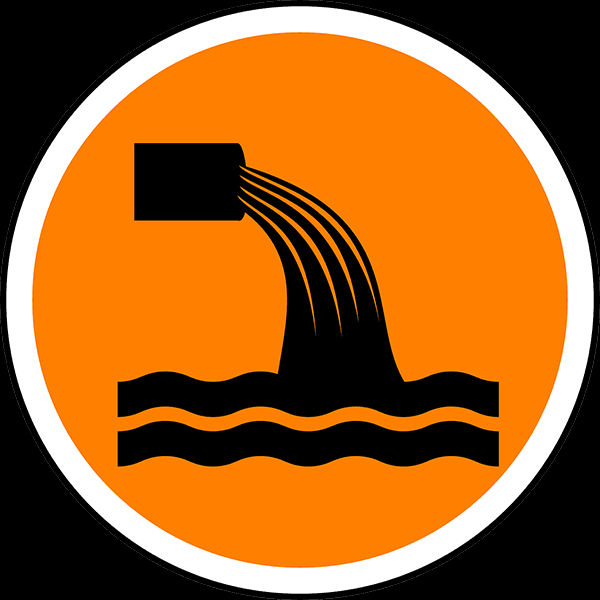Reclaim Waste Fundamentals Explained
Table of ContentsIndicators on Reclaim Waste You Should KnowOur Reclaim Waste PDFsAll about Reclaim WasteSome Known Questions About Reclaim Waste.How Reclaim Waste can Save You Time, Stress, and Money.
Residential sewage waste refers to the waste and products from a household septic storage tank. The proper monitoring and disposal of residential sewage waste need fluid waste to be transferred to a sewage therapy plant where the correct methods and devices are used to purify and dispose of waste.
Industrial waste usually includes prospective threats, such as flammable products or a mixture of fluid and solid waste items, and requires an advanced and detailed disposal process. The disposal of commercial waste commonly entails the filtration of waste prior to transport to ensure safe and proper disposal. Hazardous waste is created from byproducts and overflow of industrial processes and manufacturing.
This type of waste can not utilize the exact same sewage administration transport or procedures as septic or business fluids. The commercial waste monitoring procedure requires the assessment and screening of fluid waste prior to it undergoes the disposal process (industrial wastewater treatment). Runoff waste is the liquid waste that comes from overflow and excess stormwater in extremely inhabited locations or cities
Runoff waste can create contamination and flooding if not taken care of appropriately. Making sure proper waste monitoring can protect against catastrophes and minimize ecological damage.
What Does Reclaim Waste Mean?
Contact PROS Providers today to find out about our waste administration and disposal solutions and the proper methods to look after the liquid waste you generate.
(https://reclaimwaste1.weebly.com/)Do you know what takes place to your water when you end, flush the commode or drain pipes the washing machine? No? Well, it's worth knowing. This supposed 'wastewater' is not only an essential resource yet, after treatment, will certainly be released to our land, waterways or the ocean. Made use of water from bathrooms, showers, bathrooms, kitchen area sinks, laundries and commercial processes is referred to as wastewater.

water used to cool down equipment or tidy plant and devices). Stormwater, a kind of wastewater, is overflow that moves from farming and urban locations such as roof coverings, parks, yards, roadways, courses and rain gutters into stormwater drains, after rain. Stormwater flows without treatment directly to neighborhood creeks or rivers, at some point getting to the ocean.
Fascination About Reclaim Waste
In Queensland, a lot of wastewater is dealt with at sewage treatment plants. Wastewater is delivered from residential or commercial websites through a system of sewage systems and pump stations, understood as sewerage reticulation, to a sewage treatment plant.
The Department of Natural Resources recommends city governments about managing, operating and maintaining sewerage systems and therapy plants. In unsewered areas, neighborhood governments might call for homeowners to mount individual or home sewage treatment systems to treat domestic wastewater from commodes, cooking areas, restrooms and washings. The Department of Natural Resources authorizes using household systems when they are proven to be efficient.
In some new neighborhoods, therapy of some stormwater to eliminate litter, sand and crushed rock has actually begun utilizing gross pollutant traps. Wastewater treatment occurs in four stages: Eliminates solid issue.
Makes use of small living microorganisms recognizes as micro-organisms to break down and remove continuing to be dissolved wastes and great fragments. Micro-organisms and wastes are included in the sludge.
Getting The Reclaim Waste To Work
Nutrient elimination is not readily available at all sewer therapy plants because it requires expensive specialist devices. Clear liquid effluent created after treatment may still have disease-causing micro-organisms - liquid waste removal melbourne.

Most wastewater moves into the sewage system. Under the Act, local federal governments carry out authorizations and licences for eco relevant tasks (ERAs) entailing wastewater launches that might have a neighborhood influence.
Not known Facts About Reclaim Waste
Surveillance provides valid Home Page info about water high quality and can validate that licence conditions are being fulfilled. The information acquired through tracking gives the basis for making water quality decisions.